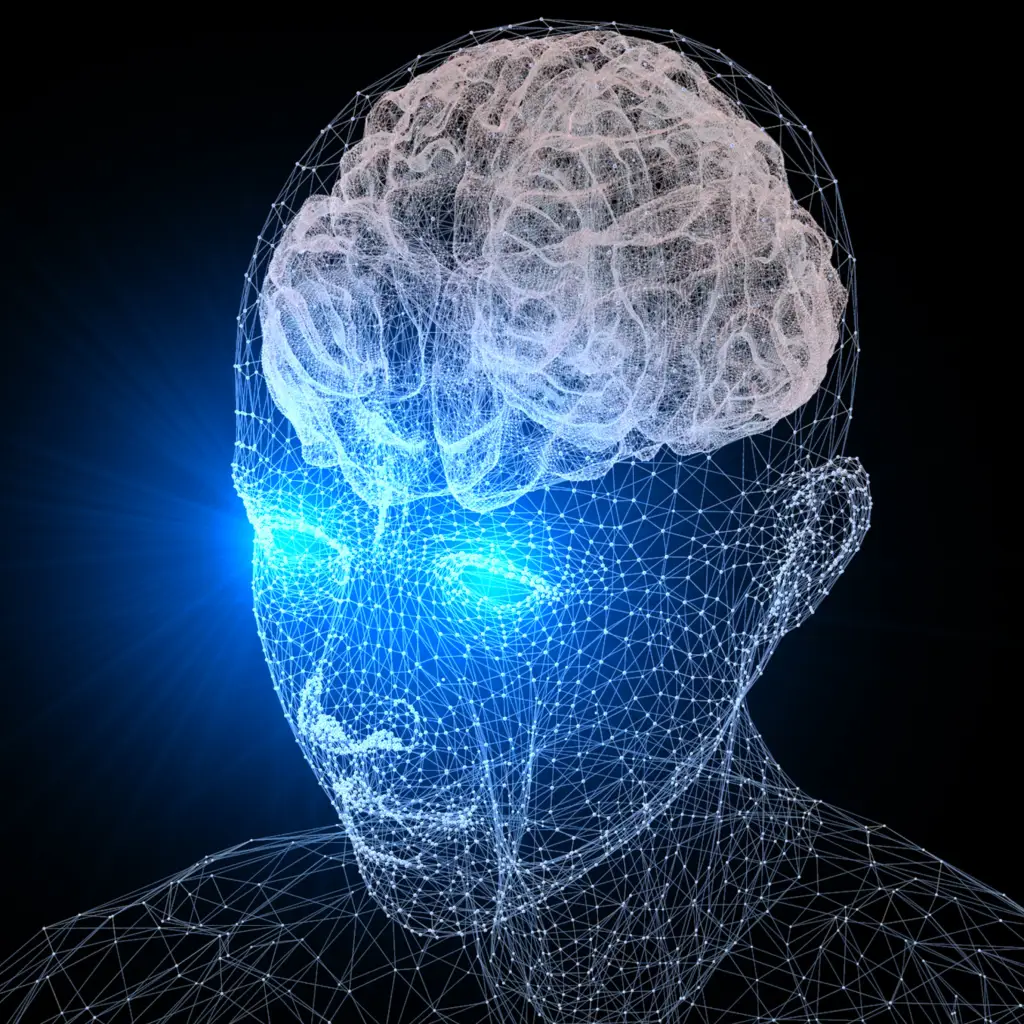Computer Vision AI is revolutionizing how machines interpret and interact with the world through images and videos. This cutting-edge field of artificial intelligence (AI) enables computers to process, analyze, and understand visual data, allowing them to perform tasks that once required human vision. From facial recognition to self-driving cars, computer vision has widespread applications that are reshaping industries.
What is Computer Vision in AI?
At its core, computer vision is the ability of a computer to identify, interpret, and process images or videos. By using advanced algorithms and deep learning models, AI can analyze visual information and draw conclusions in a way that mimics human sight. But how does computer vision work? It relies on machine learning and deep learning techniques to recognize patterns, detect objects, and classify images.

How Does Computer Vision Work?
Computer vision systems involve several stages, starting with image acquisition, followed by preprocessing (cleaning and enhancing the image), and then running the data through computer vision algorithms to extract meaningful information. In computer vision processing, neural networks, specifically convolutional neural networks (CNNs), are commonly used to detect features like edges, textures, or objects. This structured approach enables machines to understand the visual data by breaking down the image into smaller parts, learning from patterns, and making predictions.
Applications of Computer Vision
What is computer vision used for? The applications are diverse and impactful. Some of the most popular use cases include:
- Healthcare: Computer vision aids in diagnosing diseases by analyzing medical images such as X-rays, MRIs, and CT scans.
- Autonomous Vehicles: AI-powered computer vision system allows self-driving cars to detect road signs, pedestrians, and obstacles, enabling safe navigation.
- Retail: From surveillance cameras to virtual fitting rooms, computer vision technologies are enhancing the shopping experience by improving security and personalizing customer interactions.
- Manufacturing: In factories, AI computer vision is used for quality control, detecting defects in products, and optimizing production lines.
- Agriculture: By using drones equipped with computer vision technology, farmers can monitor crop health and optimize harvests.
AI and Computer Vision: The Power of Deep Learning
AI and computer vision are closely linked, with deep learning playing a significant role in the development of computer vision systems. Deep learning models, like CNNs, are designed to analyze visual data by processing it in layers, where each layer extracts higher-level features. This ability to process complex data makes AI powered computer vision essential for advanced applications such as facial recognition, medical imaging, and even video analysis. Is computer vision AI? Yes, computer vision in artificial intelligence is a subset of AI that focuses specifically on teaching computers to interpret and understand visual data. It combines machine learning and AI computer vision algorithms to train systems capable of performing vision-based tasks.
Why is Computer Vision Important?
As the demand for automation grows, the need for machines that can "see" is becoming crucial. Computer vision artificial intelligence is instrumental in creating smarter devices that can analyze and react to their surroundings. From improving computer vision systems in security cameras to developing computer vision AI application in healthcare, the possibilities are endless. For instance, artificial intelligence vision has applications in public safety through surveillance systems, where computer vision recognition can detect and identify suspicious activities. In the automotive sector, computer vision AI enables cars to navigate complex environments, significantly enhancing safety and efficiency. In the automotive sector, computer vision AI enables cars to navigate complex environments, significantly enhancing safety and efficiency. Advanced driver-assistance systems (ADAS) rely on a computer vision application to recognize traffic signs, pedestrians, and other vehicles, making autonomous driving a reality. Other key computer vision applications include medical diagnostics, where AI analyzes medical images to assist in early detection of diseases, and retail, where vision systems track customer behavior for personalized shopping experiences.
Contact Us
At Digital Fractal, we specialize in developing advanced AI and computer vision systems tailored to meet the unique needs of your business. Whether you’re looking to enhance operational efficiency, boost security, or drive innovation, we provide custom computer visual AI solutions designed to help your business thrive.
Our team of experts works closely with clients to deliver solutions that incorporate a cutting-edge computer vision algorithm and the latest in deep learning technology. We offer seamless integration and scalable solutions that evolve with your business needs.
Contact us today to learn how we can help you harness the power of AI and computer vision to elevate your operations and stay ahead in today’s fast-paced technological landscape.